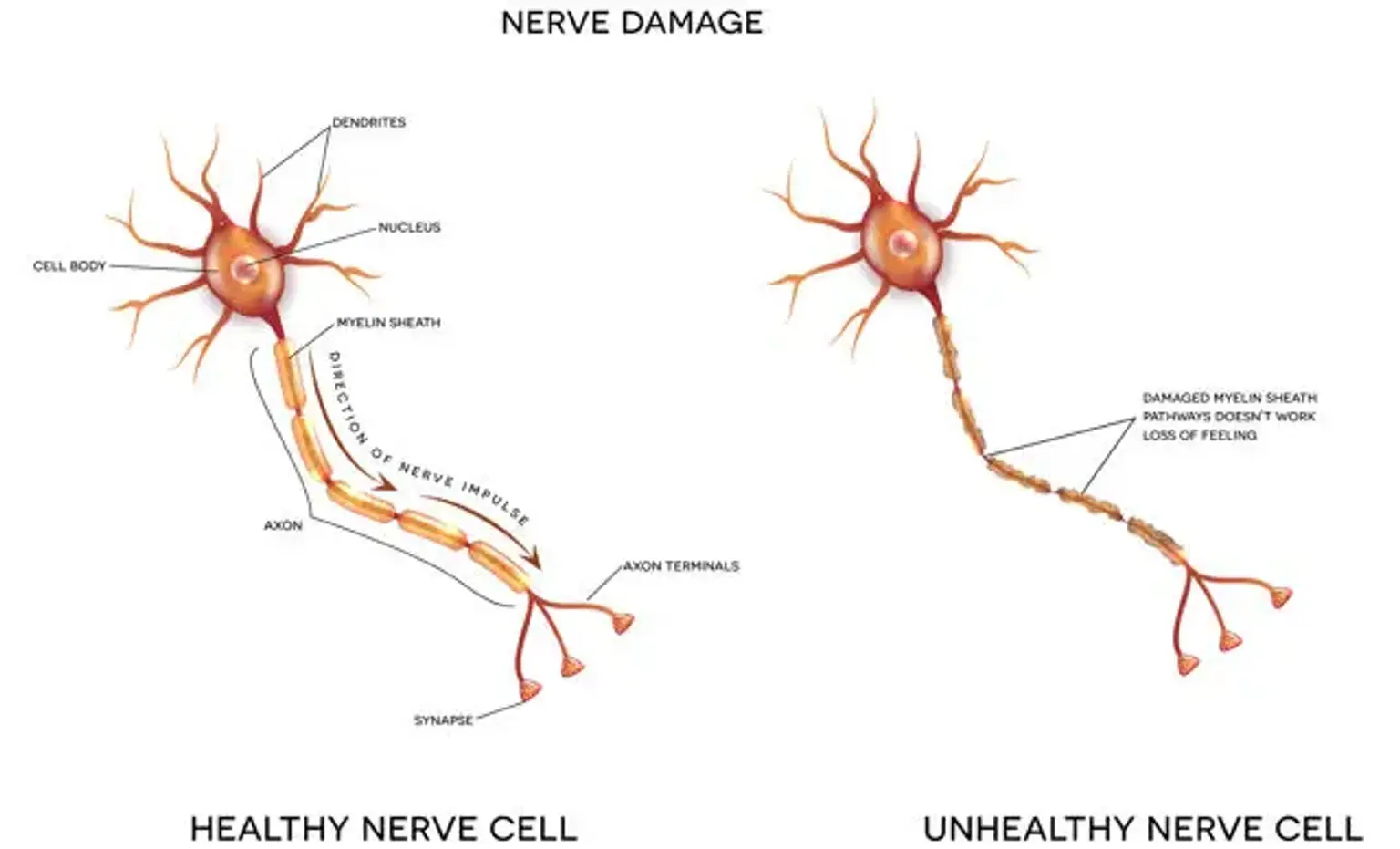Neuropathy
Neuropathy is a general term that refers to a group of diseases, disorders, and malfunctions of the nerves. An illness, trauma, or injury can damage the nerves in any part of the body. This causes tingling, numbness, pain, and muscle weakness in the area.
These symptoms tend to improve in most cases, especially when the underlying cause is a curable condition. The medical providers can also recommend taking measures to prevent neuropathy or managing it through diet and lifestyle adjustments or medications.
